This pub takes its name from the Middle English word ‘colier’, meaning charcoal burner. Colliers had inhabited the area since earliest times. The last recorded collier was in c1570.
A framed piece of text about The Colley Rowe.
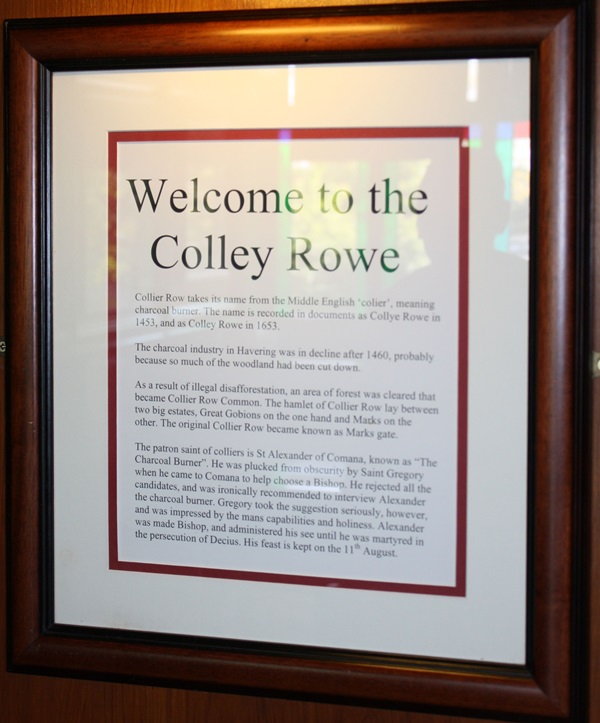
The text reads: Collier Row takes its name from the Middle English ‘colier’, meaning charcoal burner. The name is recorded in documents as Collye Rowe in 1453, and as Colley Rowe in 1653.
The charcoal industry in Havering was in decline after 1460, probably because so much of the woodland area had been cut down.
As a result of illegal disafforestation, an area of forest was cleared that became Collier Row Common. The hamlet of Collier Row lay between two big estates, Great Gobions on the one hand and Marks on the other. The original Collier Row became known as Marks gate.
The patron saint of colliers is St Alexander of Comana, known as “The Charcoal Burner”. He was plucked from obscurity by Saint Gregory when he came to Comana to help choose and Bishop. He rejected all the candidates, and was ironically recommended to interview Alexander the charcoal burner. Gregory took the suggestion seriously, however, and was impressed by the mans capabilities and holiness. Alexander was made bishop, and administered his see until he was martyred in the persecution of Decius. His feast is kept on the 11th August.
Framed prints, an illustration and text about Collier Row.
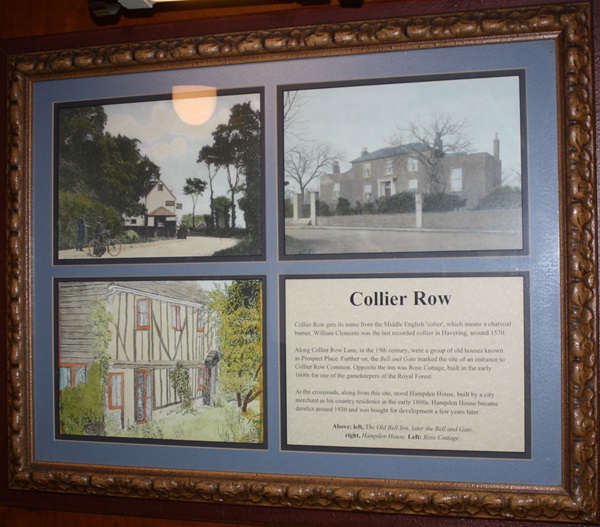
The text reads: Collier Row gets its name from the Middle English ‘colier’, which means a charcoal burner. William Clements was the last recorded collier in Havering, around 1570.
Along Collier Row Lane, in the 19th Century, were a group of old houses known as Prospect Place. Further on, the Bell and Gate marked the site of an entrance to Collier Row Common. Opposite the inn was Rose Cottage, built in the early 1600s for one of the gamekeepers of the Royal Forest.
At the crossroads, along from this site, stood Hampden House, built by a city merchant as his country residence in the early 1800s. Hampden House became derelict around 1930 and was bought for development a few years later.
Above: left, The Old Bell Inn, later the Bell and Gate, right, Hampden House
Left: Rose Cottage.
A framed painting of the Havering Water Tower.
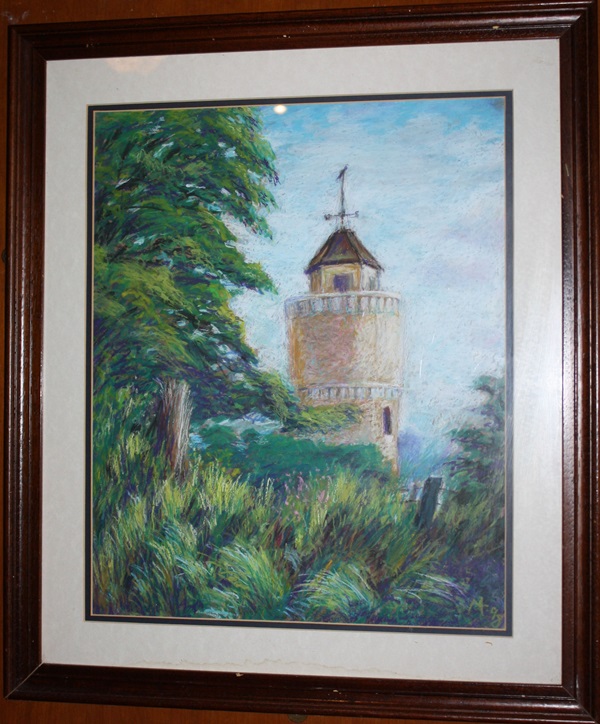
This was built in 1934 by South East Essex Water Company. It was used to help to maintain water pressure to Romford. It is still standing today, but not used for its original purpose.
A framed photograph of White Hart Lane after bombing, 2 Oct 1940.
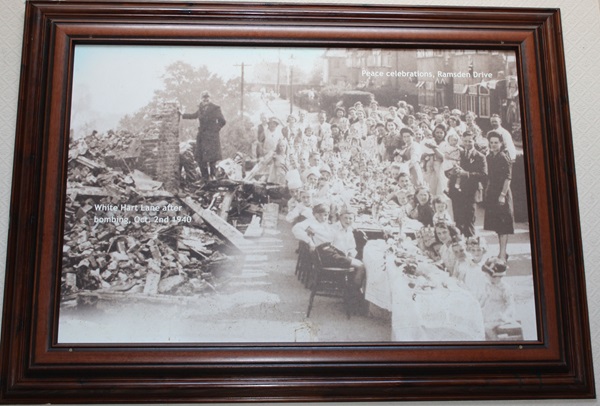
Framed photographs of: (top) Collier Row Road; (bottom left) the site of Clockhouse Primary School, c1925; (bottom right) Chase Cross Road, 1908.
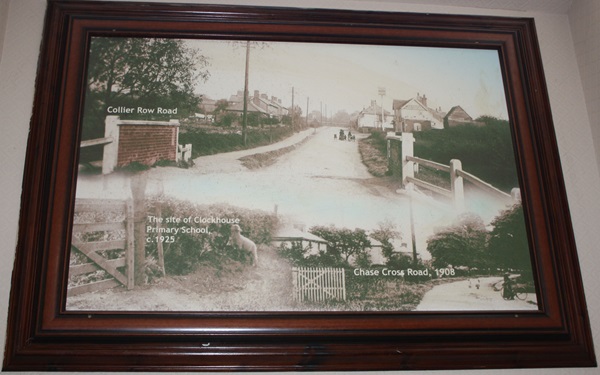
A framed photograph of Collier Row Lane, c1937.
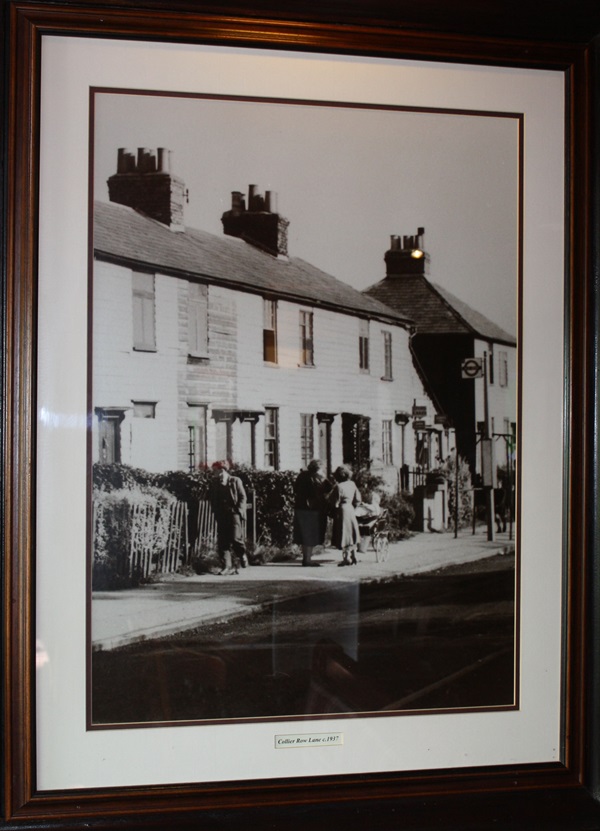
Framed photographs of Priests, c1930, and Havering Country Park.
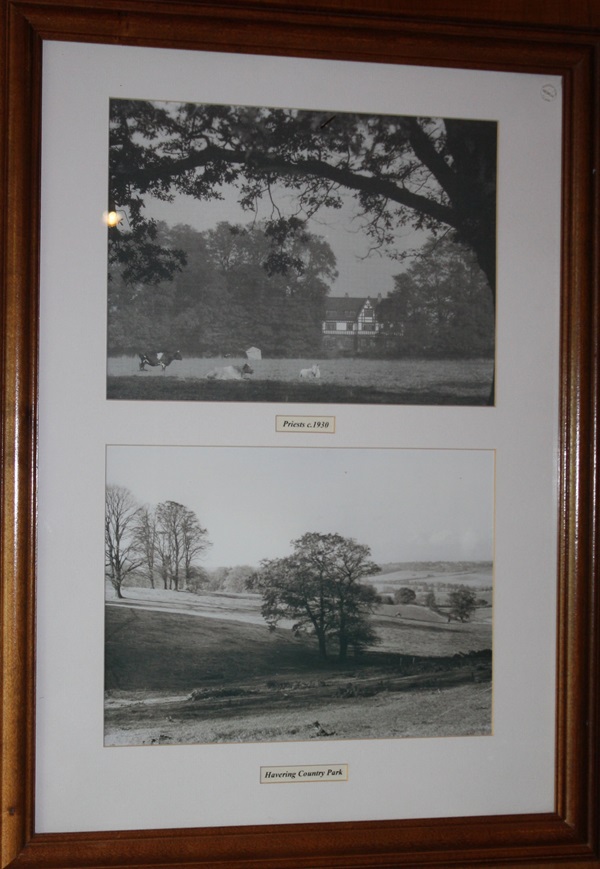
Framed photographs of Rex Cinema, Collier Row Lane, c1938.
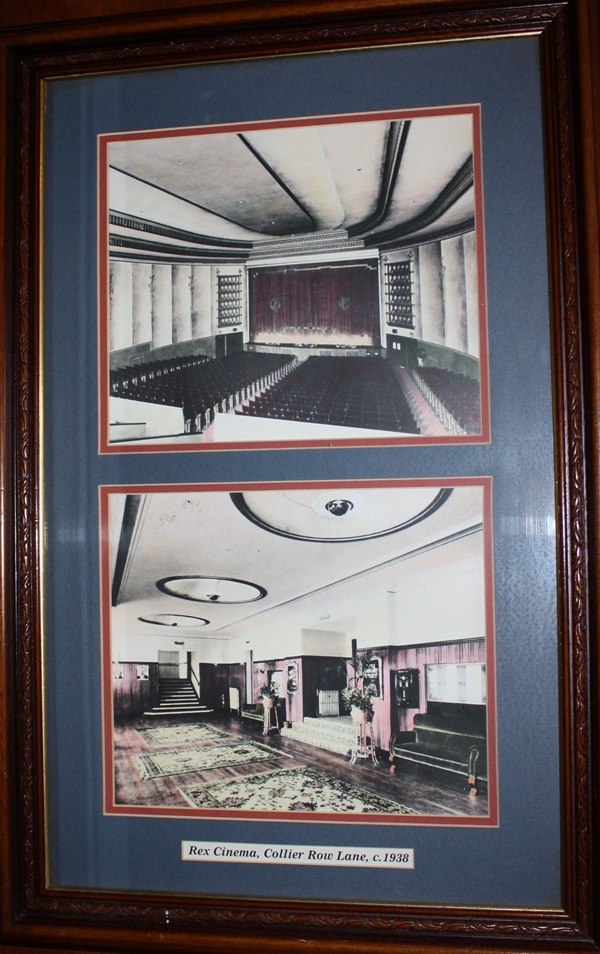
A framed photograph of Rex Cinema, Collier Row Lane, c1938.
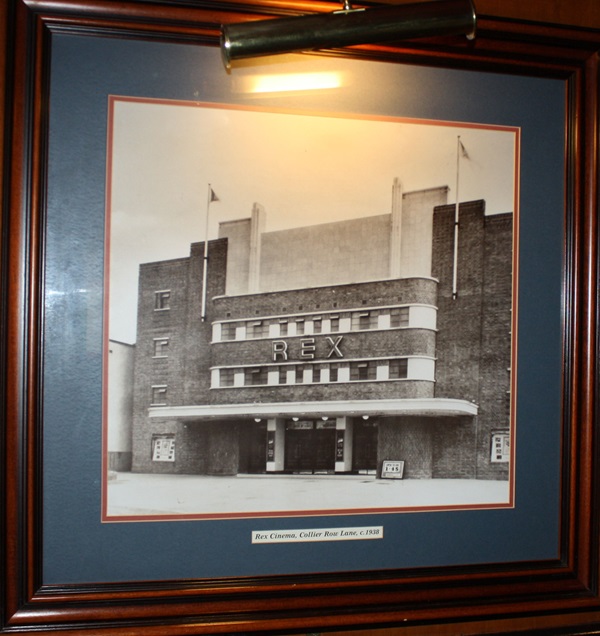
Framed photographs of oaks Avenue, c1930, and Hulse Avenue, c1930.
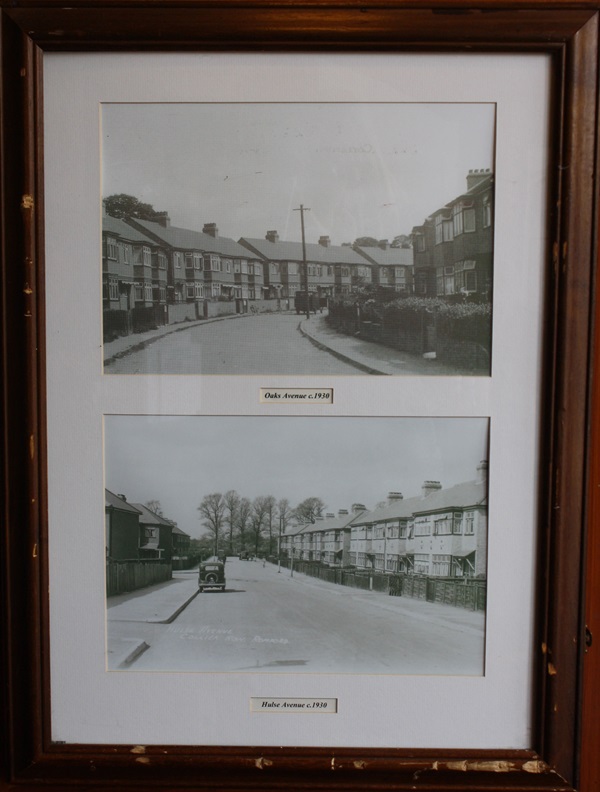
Framed photographs of Chase Cross Road, c1930.
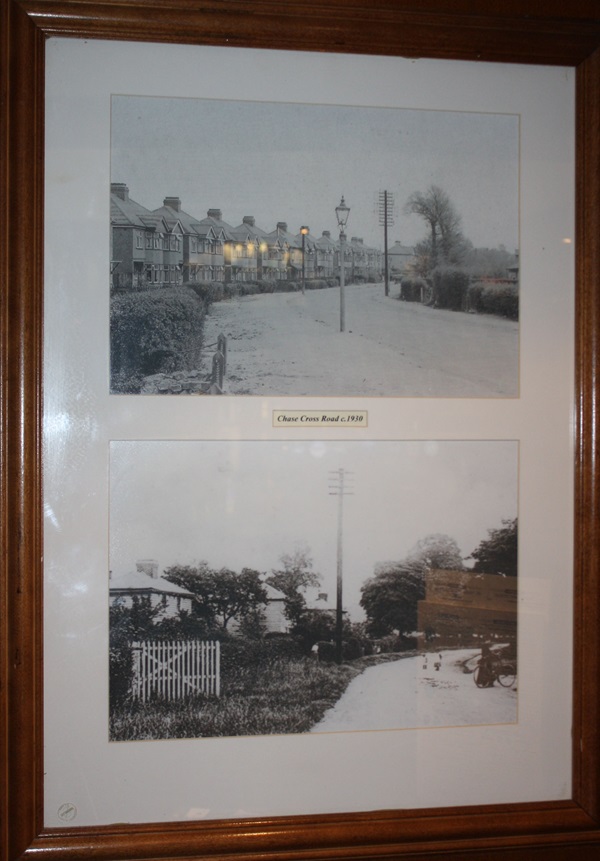
A framed photograph of Collier Row Road, c1910.
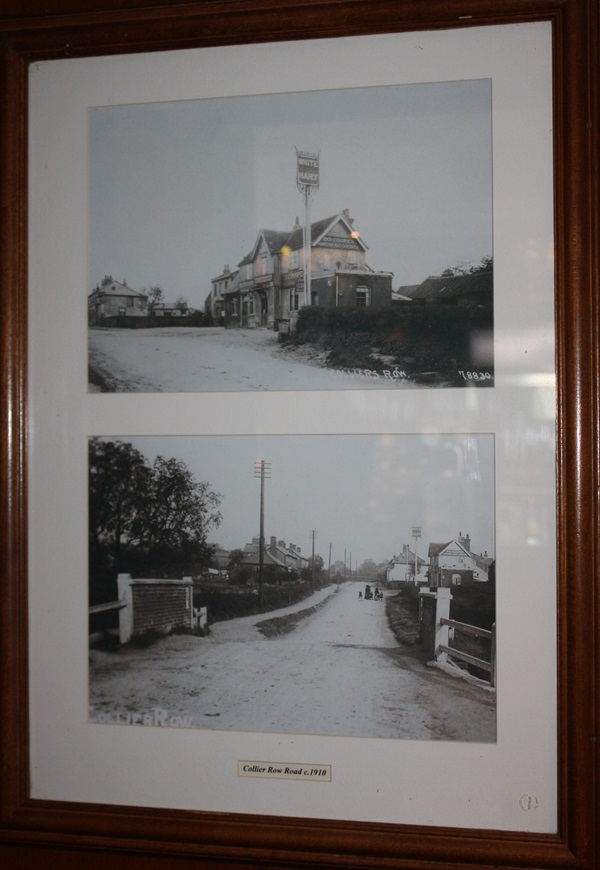
Framed photographs of the Chapel of the Ascension and Collier Row Lane, c1937.
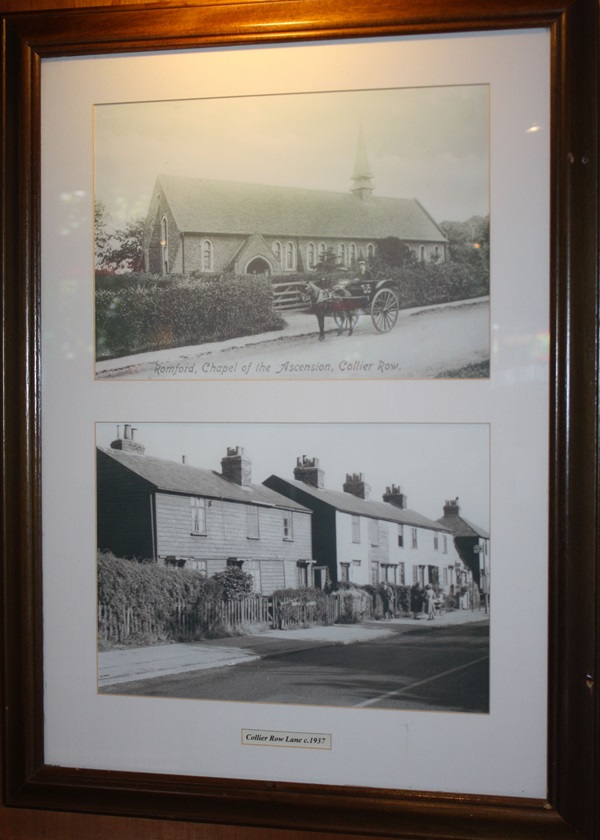
Framed photographs of Collier Row Lane, c1930.
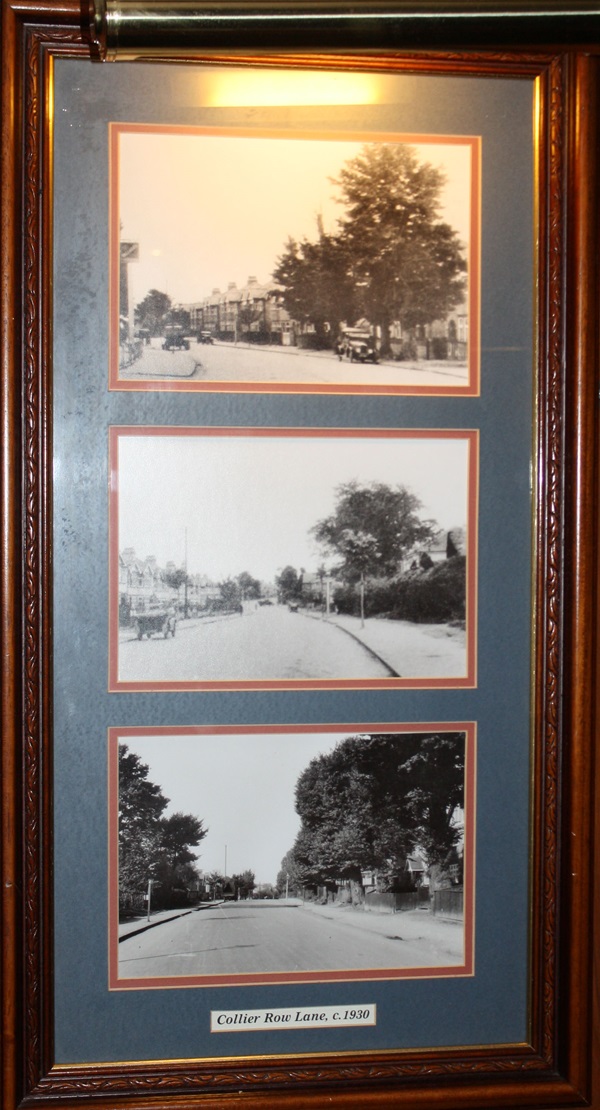
Framed photographs of V2 Rocket devastation in Collier Row Lane and the site of Clockhouse Primary School, c1925.
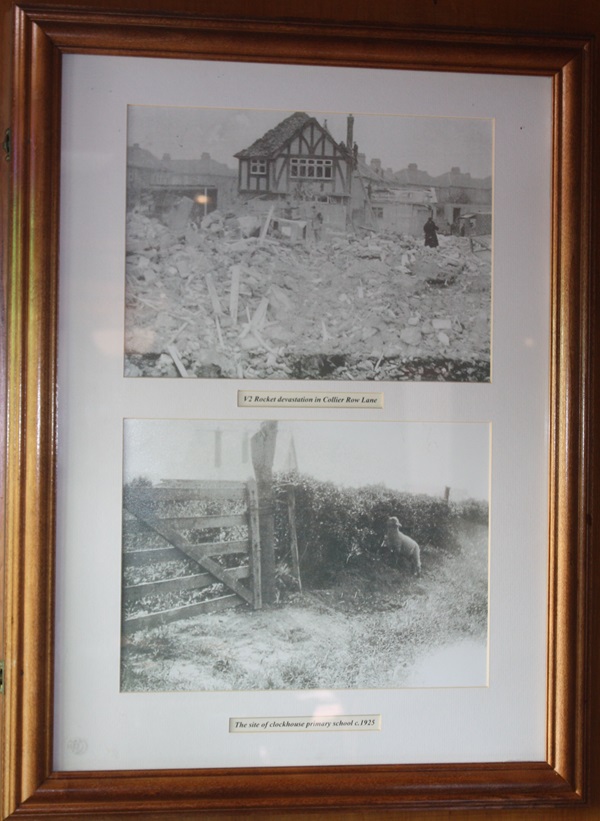
An external view of the pub – main entrance.
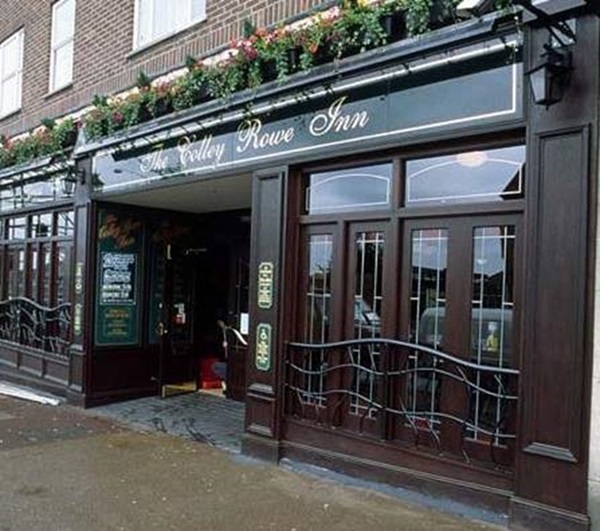
If you have information on the history of this pub, then we’d like you to share it with us. Please e-mail all information to: pubhistories@jdwetherspoon.co.uk